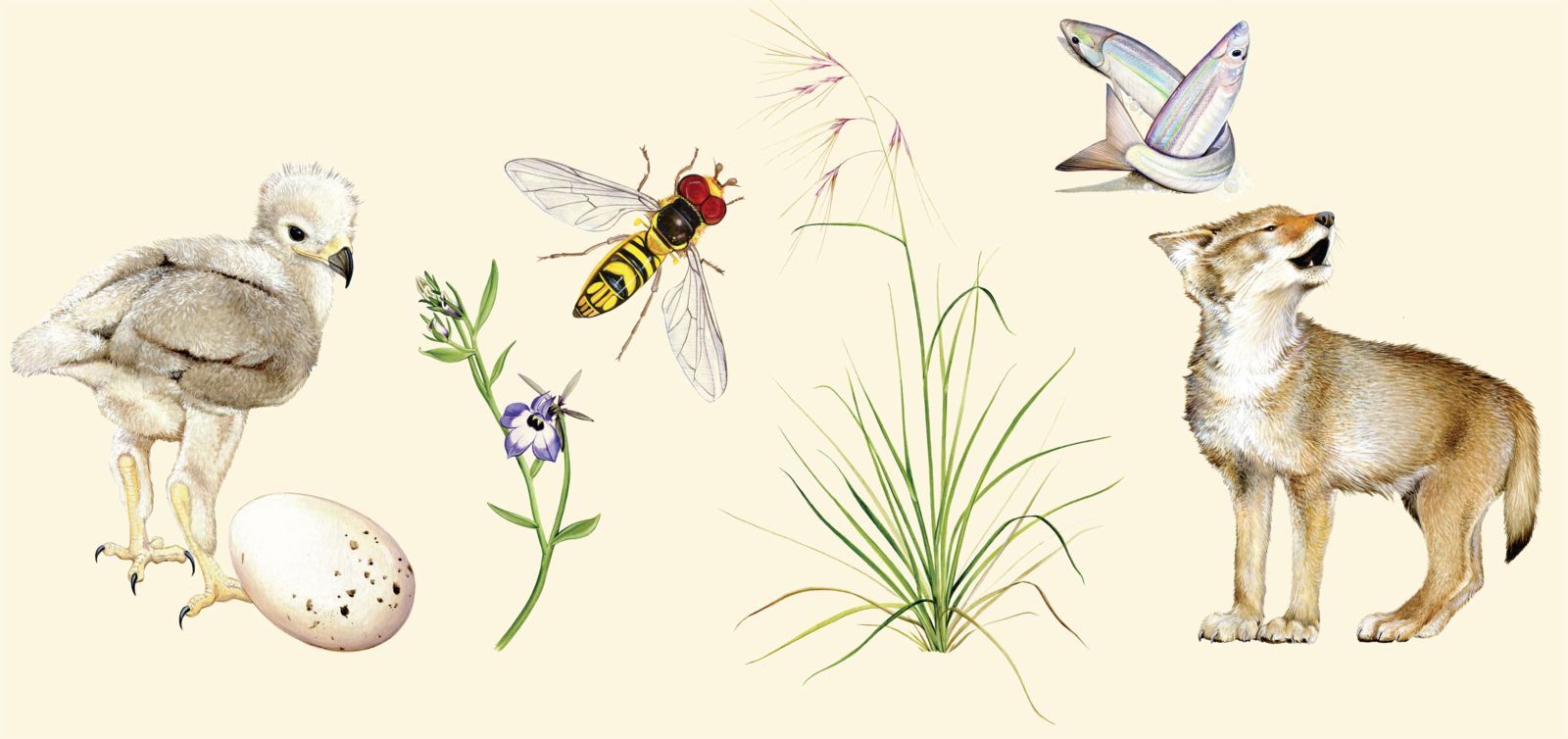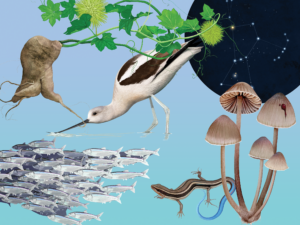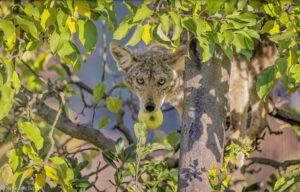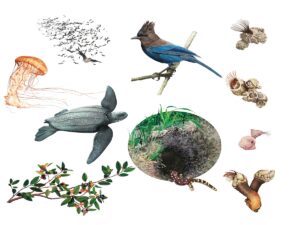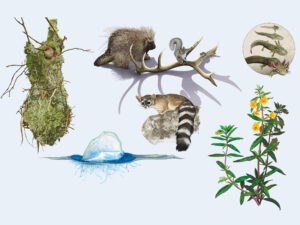Text and research by the California Center for Natural History
Fledging
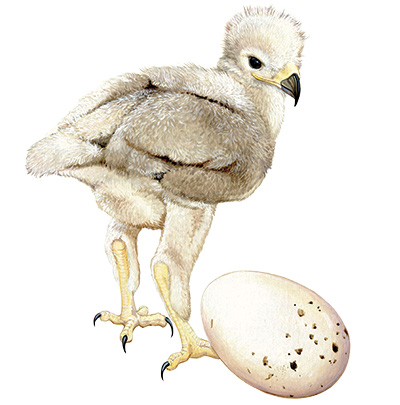
Hatching in early spring as fuzzy white balls that weigh about the same as two slices of bread, young redtails (Buteo jamaicensis) grow quickly, making high whistling calls to their parents for food. The male and (sometimes) female comply, shunting and ferrying prey—often through the region’s blustery spring storms—to the nest. By late May chicks begin to fledge, taking advantage of relatively mild local weather to practice their hunting skills while prey is abundant and their parents still let them live at home. Don’t approach raptor nest trees, as a scared chick might bolt prematurely from its nest.
Vernal pools

In Central Valley grasslands rain collects in small, ephemeral ponds each winter due to the hardpan soils. These rare vernal pools then shrink during spring, with concentric circles of wildflowers and grasses springing up around their drying edges. Among them is the maroonspot calicoflower (Downingia concolor), endemic to California. Downingia has a special relationship with certain ground-nesting bees (Andrenidaefamily) that live in the nearby uplands and collect pollen from vernal pool flowers. Visit vernal pools at Jepson Prairie and Springtown Preserve.
Not a bee

Look closely at flowering plants this spring for small black-and-yellow striped insects zipping around. They’re not bees: the warning colors are a bluff meant to confuse predators. These harmless flies—one such species is the oblique stripetail hoverfly (Allograpta obliqua)—feast on nectar and pollen of both wild and commercial plants. One study found hoverflies carry more pollen than beetles, butterflies, and moths. Also, most hoverfly larvae are stone-cold aphid hunters, an agricultural boon for cash crops. Approximately 900 hoverfly species live in North America, all helping our gardens grow.
California grass
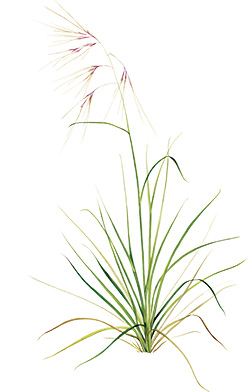
It’s time for spring blossoms! While large, showy blooms are eye-catching, don’t forget to look for the more subtle, wind-pollinated flowers of grasses. Purple needlegrass (Stipa pulchra) is the most widespread native grass in California and was dubbed the state grass in 2004. The purple-tinged fruit has a long, needle-like extension that helps the fallen seed drill into the soil. Once established, this drought-tolerant bunchgrass may live up to 100 years, grow very deep roots, and in well-managed stands help slow down invasion by undesirable plants such as yellow star thistle.
Dancing fish
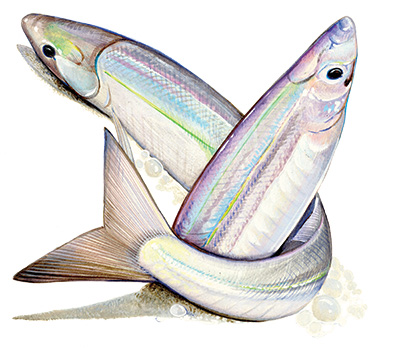
On nights following spring’s full and new moons when the tide is high, look for the silvery grunion(Leuresthes tenuis) that hurl themselves ashore, as far north as the beaches of Tomales and San Francisco bays south to the sands of Baja California. Up to 7 inches long, the fish surf waves onto wet beaches, where the females drill tail-first into the sand to deposit thousands of eggs. Males swarm and wrap around the females to release milt and fertilize the eggs before returning to sea. The East Bay Regional Park District leads grunion viewing at Crown Memorial State Beach.
Den time
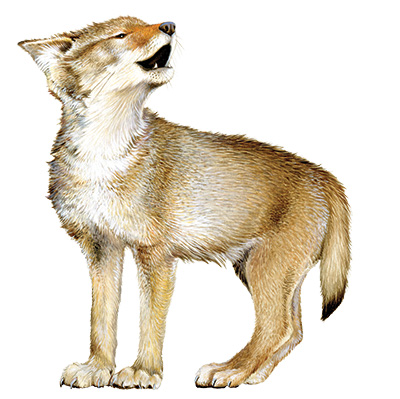
Sometime around mid-April, coyote pups (Canis latrans) are born—eyes closed, fluff balls of fur—in the dark quiet of a tree hollow or underground den, all around the Bay Area. As their mothers and fathers, who form bonds for life, rear their young, they vigilantly patrol their territories for other coyotes or canines, particularly when the pups begin to venture from the den in late spring. It’s the time of year to keep your dog on a leash. If you encounter a coyote, back away slowly and leave the area immediately.

